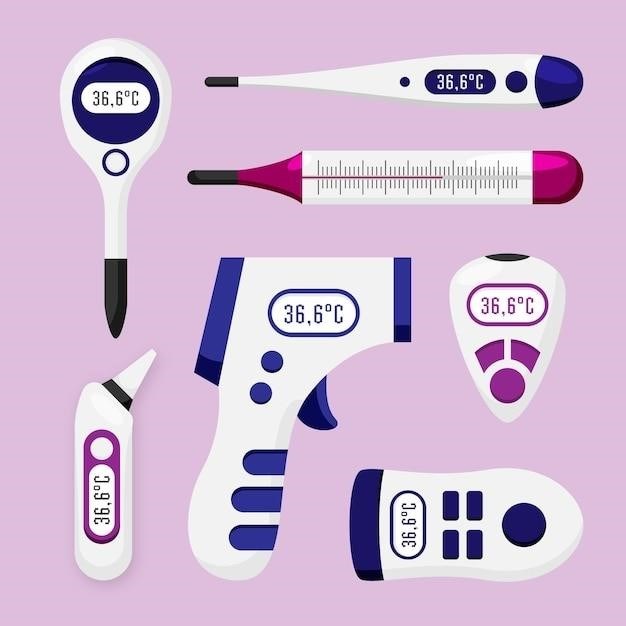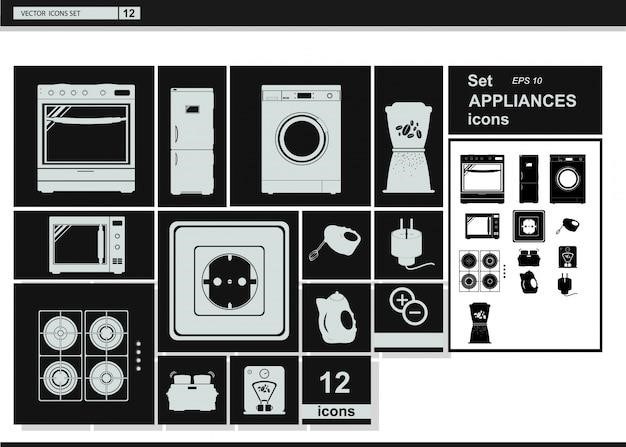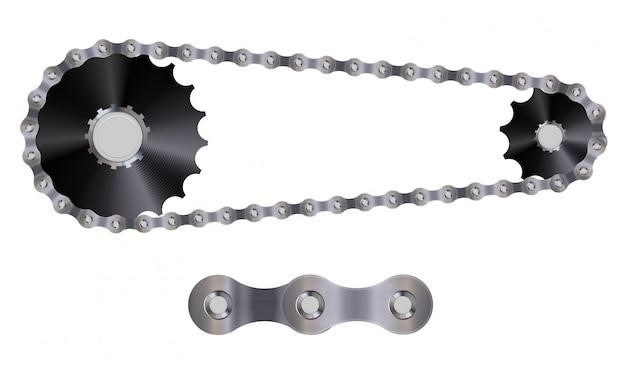Magic Bullet⁚ Your Kitchen’s Versatile Tool
The Magic Bullet is a compact and powerful kitchen appliance that has become a popular choice for individuals looking for a versatile and efficient way to prepare meals and snacks. Its small size and multiple attachments make it ideal for blending, chopping, grinding, and mixing various ingredients.
Introduction
Welcome to the world of Magic Bullet, a kitchen appliance designed to revolutionize your culinary experience. This comprehensive manual will guide you through the intricacies of using your Magic Bullet, from assembly to cleaning and everything in between. Whether you’re a seasoned chef or a culinary novice, this manual will equip you with the knowledge and skills to unlock the full potential of your Magic Bullet. Get ready to explore a world of effortless blending, chopping, grinding, and mixing, all within the confines of your own kitchen.
The Magic Bullet⁚ An Overview
The Magic Bullet is a compact and powerful blender that has gained immense popularity for its versatility and ease of use. Its small size and powerful motor allow you to quickly and efficiently blend, chop, grind, and mix a wide range of ingredients. The Magic Bullet comes with a variety of attachments, including different sized cups, blades, and a party mug, making it a truly versatile kitchen appliance. Whether you’re making smoothies, dips, sauces, or even grinding spices, the Magic Bullet can handle it all with ease.
Magic Bullet’s Versatility
The Magic Bullet is a true kitchen workhorse, excelling in a variety of culinary tasks. Its versatility extends beyond blending, encompassing chopping, grinding, mixing, and even dicing. This makes it an ideal choice for creating smoothies, dips, sauces, nut butters, baby food, and even grinding spices. With its compact size and multiple attachments, the Magic Bullet is a space-saving solution for those who want to streamline their kitchen tools without sacrificing functionality.
Key Features and Benefits
The Magic Bullet boasts a range of features that contribute to its efficiency and user-friendliness. Its powerful motor, capable of blending even tough ingredients, is a key asset. The Magic Bullet’s compact design and multiple attachments, including a tall cup, a short cup, and a party mug, enhance its versatility. Cleaning is a breeze, as most parts are dishwasher-safe. The Magic Bullet’s ease of use makes it a popular choice for individuals of all skill levels, allowing them to enjoy quick and convenient meal preparation without the need for complex instructions.
Magic Bullet Models and Variations
Magic Bullet offers a variety of models and variations to suit different needs and preferences. The original Magic Bullet is a classic option, while the Magic Bullet Deluxe comes with additional attachments for expanded functionality. The Magic Bullet Mini is a smaller, more compact version, perfect for individuals with limited counter space. Other variations include the Magic Bullet Portable Blender, designed for on-the-go use, and the Magic Bullet Kitchen Express, which offers additional features like a recipe book. Magic Bullet’s diverse range of models provides consumers with choices to find the perfect fit for their culinary needs.
Magic Bullet⁚ A Comprehensive Guide
This comprehensive guide provides a detailed exploration of the Magic Bullet, covering its features, benefits, and usage. From assembly and preparation to blending techniques and cleaning tips, this guide equips users with the knowledge and skills to maximize their Magic Bullet experience. The guide also delves into various recipes, health and nutrition benefits, and the Magic Bullet’s role in modern kitchens, offering a holistic understanding of this versatile appliance. Whether you’re a seasoned chef or a culinary novice, this guide serves as a valuable resource for harnessing the full potential of your Magic Bullet.

Unveiling the Magic Bullet’s Power
The Magic Bullet is more than just a blender; it’s a culinary powerhouse capable of handling a wide range of food preparation tasks.
Blending Capabilities
The Magic Bullet excels at blending, effortlessly transforming ingredients into smooth and consistent mixtures. Whether you’re making creamy smoothies, velvety soups, or flavorful sauces, the Magic Bullet’s powerful motor and cross blade handle even the toughest ingredients with ease. Its compact size makes it perfect for creating individual portions or small batches, ideal for busy individuals or those who prefer to avoid large quantities.
Chopping and Grinding
The Magic Bullet’s versatility extends beyond blending. Its powerful motor and sharp blades efficiently chop and grind various ingredients, making it a valuable tool for preparing meals and snacks. You can easily chop vegetables for salads or salsas, grind nuts for homemade nut butter, or create flavorful spice blends for your favorite dishes. This eliminates the need for separate chopping boards and food processors, streamlining your kitchen workflow.
Mixing and Whipping
The Magic Bullet is not just for blending and chopping; it’s also a capable mixer and whipper. Its powerful motor effortlessly mixes ingredients for batters, dips, and sauces, creating smooth and consistent textures. You can also whip up fluffy egg whites for meringues or create creamy dressings and dips. The Magic Bullet’s compact size and ease of use make it a convenient option for quick and efficient mixing tasks, eliminating the need for bulky stand mixers for simple recipes.
Dicing and Slicing
While the Magic Bullet isn’t specifically designed for dicing and slicing like a dedicated food processor, it can handle some basic tasks with its powerful motor and sharp blades. You can use the Magic Bullet to chop vegetables into smaller pieces for salads or stir-fries, or even create rough dices for soups and stews. However, it’s important to note that the Magic Bullet’s blades are designed for blending, so achieving perfectly uniform slices or dices may require additional effort and careful preparation of your ingredients.
Magic Bullet’s Recipe Book
The Magic Bullet comes with a comprehensive recipe book that offers a wide variety of ideas for utilizing its capabilities. From smoothies and sauces to dips and spreads, the recipe book provides detailed instructions and ingredient lists, allowing you to experiment with different flavors and textures. The recipes are designed to be quick and easy, taking advantage of the Magic Bullet’s speed and efficiency. You can find recipes for both everyday meals and special occasions, making the Magic Bullet a valuable tool for any kitchen.
Using the Magic Bullet⁚ A Step-by-Step Guide
This guide provides a detailed explanation of how to assemble, operate, and maintain your Magic Bullet. It includes instructions on blending techniques, cleaning tips, and safety precautions to ensure optimal performance and longevity.
Assembly and Preparation
Before using your Magic Bullet, it’s essential to assemble it correctly. Begin by placing the desired cup (tall, short, or party mug) onto the motor base. Ensure the tabs on the cup align with the tabs on the motor base. Next, twist the cross blade securely onto the cup until it’s tightly sealed. This ensures proper blending and prevents any leakage. Once assembled, your Magic Bullet is ready to tackle your culinary creations.
Blending Techniques
Mastering the art of blending with your Magic Bullet is surprisingly simple. Start by adding your ingredients to the cup, ensuring they are chopped into small pieces to fit within the cup’s diameter. Securely twist the cross blade onto the cup, ensuring a tight seal. Align the tabs on the cup with the motor base and press down firmly. The Magic Bullet will blend for as long as you maintain pressure on the cup. For thicker ingredients, use the “pulse” technique, pressing and releasing the cup to achieve a desired consistency. Remember to always use caution when blending and avoid overfilling the cup.
Cleaning and Maintenance
Maintaining your Magic Bullet is essential for its longevity and performance. After each use, disassemble the blender by separating the cup, blade, and motor base. The cup, blade, and other detachable parts are dishwasher-safe for easy cleaning. Alternatively, you can hand wash them with warm, soapy water and rinse thoroughly. Avoid immersing the motor base in water as this can damage the appliance. To prevent rusting, ensure all parts are completely dry before storing. Regular cleaning and proper care will ensure your Magic Bullet remains a reliable kitchen companion for years to come.
Safety Precautions
When using your Magic Bullet, prioritize safety to prevent accidents. Always unplug the appliance from the power outlet before cleaning or assembling it. Never operate the blender with a damaged cord or plug, and avoid using it outdoors or in wet conditions. Ensure the cup is properly secured to the motor base before blending, and never operate the blender without food or liquid ingredients. Avoid overfilling the cup, as this can cause spills and potential burns. Always supervise children when using the Magic Bullet, and store it out of reach of their access. By following these safety precautions, you can enjoy the benefits of your Magic Bullet while ensuring a safe and enjoyable experience.
Troubleshooting Common Issues
If you encounter issues with your Magic Bullet, there are a few common problems and solutions to consider. If the motor stops working, unplug the appliance and allow it to cool for a few hours. This allows the thermal breaker to reset, which may have tripped due to overheating. If the blender is not blending properly, ensure the cup is securely attached to the motor base and that the blade is properly inserted. If the blade is dull, you may need to replace it. If there is a strange noise coming from the blender, stop using it immediately and contact customer support. By addressing these common issues, you can keep your Magic Bullet running smoothly and efficiently.
Magic Bullet⁚ More Than Just a Blender
Beyond its blending capabilities, the Magic Bullet is a versatile kitchen tool capable of chopping, grinding, mixing, and even dicing ingredients.
Magic Bullet Recipes
The Magic Bullet comes with a comprehensive recipe book that offers a wide variety of recipes for smoothies, soups, sauces, dips, and more. These recipes are designed to be quick and easy to prepare, taking advantage of the Magic Bullet’s versatility and efficiency. The recipe book includes a range of healthy and delicious options, catering to different dietary needs and preferences. You can find recipes for classic smoothies, like strawberry banana and green smoothies, as well as more unique creations, like avocado salsa and hummus. The Magic Bullet’s recipe book is a great resource for anyone looking to expand their culinary horizons and enjoy quick and healthy meals.
Health and Nutrition Benefits
The Magic Bullet promotes a healthy lifestyle by encouraging the consumption of fresh fruits, vegetables, and other nutrient-rich ingredients. Blending these ingredients into smoothies and other beverages makes it easier to incorporate them into your diet. The Magic Bullet’s powerful motor allows you to break down plant cell walls, making it easier for your body to absorb essential nutrients, including vitamins, minerals, and antioxidants. This can contribute to improved digestion, increased energy levels, and a stronger immune system. Additionally, by using the Magic Bullet to prepare meals and snacks at home, you can control the ingredients and reduce your intake of processed foods, sugar, and unhealthy fats.
Magic Bullet in the Modern Kitchen
The Magic Bullet has become a staple appliance in modern kitchens, catering to the needs of busy individuals and families. Its compact size and versatility make it an ideal solution for limited countertop space. The Magic Bullet is perfect for creating quick and healthy meals and snacks, making it an essential tool for those who prioritize healthy eating and time efficiency. Its ability to blend, chop, grind, and mix ingredients allows for a wide range of culinary creations, from smoothies and dips to sauces and baby food. The Magic Bullet’s ease of use and cleaning makes it a convenient choice for everyday use, ensuring that healthy and delicious meals are always within reach.
Magic Bullet⁚ A Culinary Revolution
The Magic Bullet has revolutionized the way people approach cooking and food preparation, making healthy and convenient eating accessible to everyone. Its compact size and versatility have challenged traditional kitchen appliances, offering a convenient and efficient alternative for busy individuals and families. The Magic Bullet has empowered individuals to create healthy and delicious meals and snacks in a matter of seconds, promoting a culture of healthy eating and mindful food choices. From smoothies and dips to sauces and baby food, the Magic Bullet has become a culinary game-changer, offering endless possibilities for creative and nutritious culinary creations.

Magic Bullet⁚ Your Culinary Companion
The Magic Bullet is not just a kitchen appliance; it’s a culinary partner that empowers you to create delicious and healthy meals with ease.
The Magic Bullet is a versatile and convenient kitchen appliance that can simplify your food preparation process. From blending smoothies to chopping vegetables, it offers a range of functionalities that can enhance your culinary experience. Its compact size and ease of use make it an ideal choice for individuals with limited kitchen space or those who prefer quick and efficient meal preparation. With its user-friendly design and comprehensive manual, the Magic Bullet empowers you to unleash your culinary creativity and enjoy the benefits of healthy and delicious homemade meals.
Where to Buy a Magic Bullet
Magic Bullets are widely available both online and in physical stores. You can find them at major retailers like Amazon, Walmart, Target, and Best Buy. Specialty kitchen stores and online marketplaces like eBay also offer a variety of Magic Bullet models and accessories. When purchasing a Magic Bullet, be sure to compare prices and read customer reviews to find the best deal and ensure you’re getting a quality product. Consider your needs and budget when choosing a specific model, as Magic Bullets come in different sets with varying attachments and features.
Magic Bullet⁚ A Must-Have Kitchen Appliance
The Magic Bullet’s versatility, ease of use, and compact design make it a valuable addition to any kitchen. It simplifies meal preparation, allowing you to quickly and efficiently blend smoothies, chop vegetables, grind nuts, and mix batters. Its small size makes it easy to store and clean, while its powerful motor ensures efficient and consistent results. Whether you’re a health-conscious individual looking to prepare nutritious smoothies or a busy professional seeking a quick and convenient way to cook, the Magic Bullet provides a practical and efficient solution for your culinary needs.



























